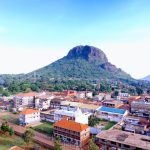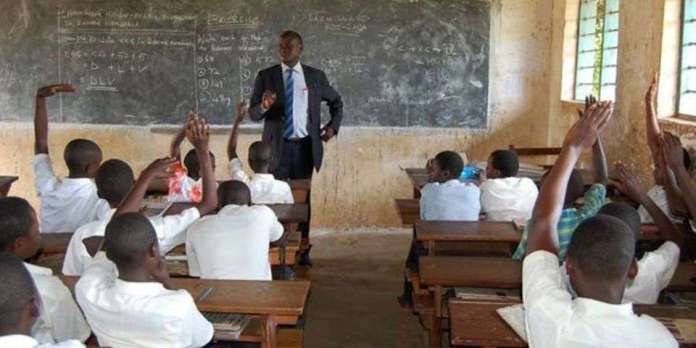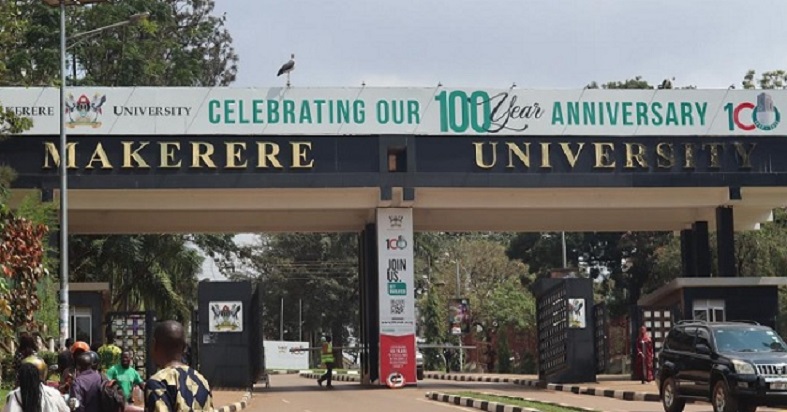A recent analysis by the World Bank reveals that Uganda’s expenditure on public education is significantly lower compared to other East African countries and international standards. In 2021, Uganda allocated only 2.7% of its GDP to public education, well below the recommended minimum of 4% and the average spending of selected East African nations.
According to the World Bank’s 22nd edition of the economic update for Uganda’s Economy, education funding primarily relies on domestic resources. In the fiscal year 2022, public education expenditure from the national budget amounted to Shs3.6 trillion, with an additional contribution of Shs83 billion from development partners.
Comparatively, Tanzania allocated 3.3% of its GDP to education in 2021, while Rwanda, Kenya, and Ethiopia allocated 3.8%, 4.8%, and 5.1% respectively in previous years.
Despite an increase in education spending over the past decade, the report highlights disparities in the allocation of resources across different education levels. Primary education receives the largest share of public funding, followed by tertiary education, which predominantly benefits students from wealthier households.
Wages constitute a significant portion of Uganda’s education spending, with teachers receiving lower compensation compared to similarly educated professionals. This wage disparity persists despite wages accounting for about 62% of total education spending, higher than the regional average of 49%.
The World Bank emphasizes the need for increased investment in education to achieve adequate development, suggesting a reallocation of resources to address disparities and improve the quality of education across all levels.




















